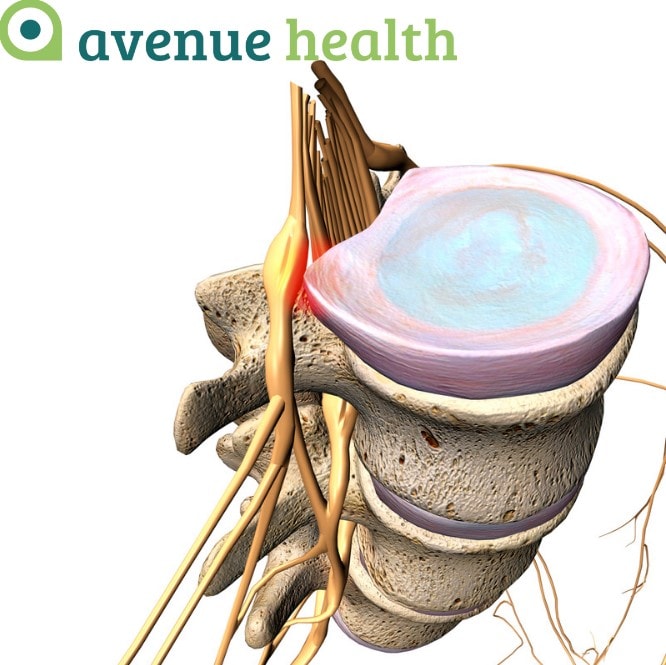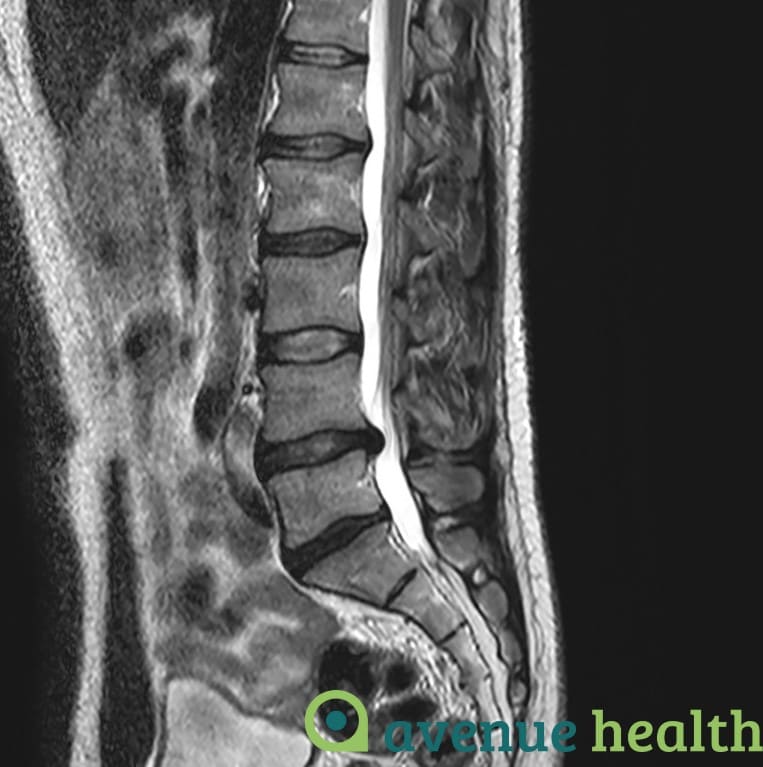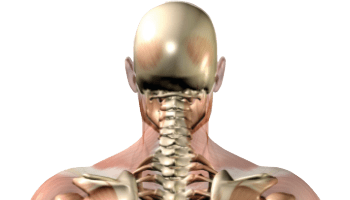Herniated Disc – The idea of a herniated or ‘slipped’ disc is enough to make most people feel uncomfortable. Yet, this is an accurate response to a painful condition, which happens when the soft inner material of a spinal disc protrudes through a tear in the outer layer. This occurrence can cause discomfort and significant challenges to a person’s daily life.

Although rest and ice can help a slipped disc, an osteopath is trained to relieve the pain caused by this condition naturally. Through expert knowledge of the musculoskeletal system, they are able to promote a strong and healthy spine. Your osteopath can also provide information and advice to self-manage discomfort and take care of your spine during daily activities.
So, skip the surgery and pills for a slipped disc – instead seek the holistic approach of a qualified osteopath to help you get back to your normal life. Read how osteopaths can help here – Disc Problems.
What is a slipped or herniated disc?
Your spine is made up of small bones known as vertebrae, which protect and support your spinal cord. Between your vertebrae are rubbery discs – known as intervertebral discs – which act as shock absorbers and provide flexibility to the spine.
A slipped disc, also known as a herniated disc, occurs when the soft, gel-like centre of an intervertebral disc protrudes through a tear or weakness in the outer layer of the disc.
When a disc herniates (protrudes through), the inner gel-like material can push through the tough outer layer and irritate nearby nerves. This can lead to pain and other symptoms.

What causes a herniated disc?
There are a number of causes and risk factors for a slipped disc. The main causes of a slipped disc are as follows:
- Aging
The natural aging process is a significant contributor to herniated discs. As people get older, the spinal discs lose water content and elasticity, making them less flexible and more prone to tears or ruptures. This age-related degeneration is often a gradual process.
- Improper Lifting Technique
Lifting heavy objects with improper technique can increase the pressure on the spine and result in disc herniation. This is especially true for any twisting movements. It is therefore always important to use proper lifting mechanics, including bending the knees and lifting with the legs, to avoid excessive strain on the spine.
- Obesity
Excess body weight can contribute to the development of disc herniation. This is because additional weight places increased stress on the spinal discs, particularly in the lower back.
What does a herniated disc feel like?
Unsurprisingly, pain is a hallmark symptom of a herniated disc. The pain can be localised to the area of the herniated disc, such as the lower back or neck, or it may radiate to other parts of the body. For example, a slipped disc in the lower back may cause pain that radiates down the buttocks and legs (due to irritation of the sciatica nerve). A disc issue in the neck can cause pain in the neck and arm.

The irritation of surrounding nerves caused by a slipped disc can also lead to numbness or weakness in the back, neck, or extremities. This can impact mobility, for example, a slipped disc that affects your legs and ability to walk. Thus numbness may also be experienced as a tingling sensation – like pins and needles.
Due to its impact on the nerves, which carry information between your brain and the rest of your body, a herniated disc may also impact your reflexes, balance and coordination. This can be particularly dangerous in older people, who are more vulnerable to the impact of falls or bumping into objects.
How can an osteopath treat a herniated disc?
An osteopath will use manual techniques to promote the natural healing processes of the body and the elimination of pain. After a physical assessment to identify the specific issues related to the slipped disc.
After this initial process, treatment is tailored to the individual’s needs but often involves manual techniques to manipulate or mobilise the spine and joints. These techniques aim to improve joint mobility, reduce stiffness, and reduce pressure on the affected disc.
Soft tissue massage and stretching can also promote blood flow and natural healing, as well as releasing tension in the surrounding area. Your osteopath may also ask you to complete small muscle contractions to improve joint mobility and restore balance in the musculoskeletal system.

Treatment also happens outside of the osteopath clinic, as you may be asked to practice maintaining a proper posture and body mechanics to reduce pressure on the spine. In some cases, exercises may be prescribed, as well as dietary advice and stress management, if appropriate.
Non-surgical recovery from a herniated disc is not only possible but the norm with the right care and advice. At Avenue Health, we are well practiced in providing expert treatment for your herniated/slipped disc. Make an appointment with one of our friendly team today to see how they can help you.

